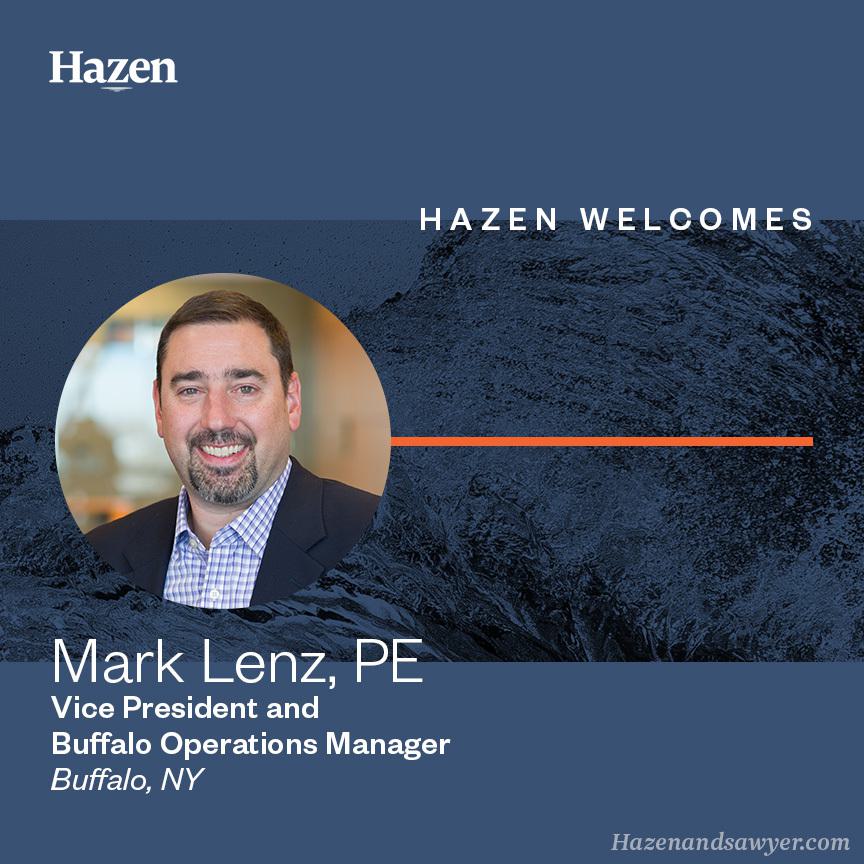Nitrogen Removal Using Partial Nitrification, Denitratation-Anaerobic Ammonia Oxidation (PANDA)
Last Modified Apr 21, 2025
Nitrogen removal from wastewater is an energy and chemical intensive process that is becoming increasingly more common around the world. To address the cost and complexity issues associated with biological nitrogen removal from wastewater, an alternative approach for achieving next generation nitrogen removal via partial nitrification, denitratation and anaerobic ammonia oxidation (PANDA) has been developed.

The PANDA process relies on converting 50% of influent ammonia load to nitrate via aerobic ammonia (AerAOB) and nitrite oxidizing bacteria (NOB). The nitrate is reduced to nitrite (denitratation), followed by the removal of ammonia and nitrite by heterotrophic denitrifiers and anaerobic ammonia oxidizing biomass (AnAOB).
Next Gen N Removal
Developing an alternative approach for achieving next generation nitrogen removal via partial nitrification, denitratation and anaerobic ammonia oxidation (PANDA).

Results from a pilot-scale sidestream PANDA demonstration at nitrogen loadings of 0.2–0.25 kg N/m3-day illustrated that up to 80% ammonia removal could be achieved. Testing in the mainstream process at initial ammonia concentrations of ~25 mg N/L indicated that 90% removal of total inorganic nitrogen could be achieved and that nitrogen removal was ultimately dependent on operating factors including aeration time, supplemental carbon dosing, hydraulic retention time and nitrate concentrations. Results cumulatively indicated that there was inherent resiliency within the PANDA systems when responding to variable environmental and operational conditions. This is hypothesized to be due to the fact that nitrogen removal is due to the combined synergistic activity of AerAOB, NOB, heterotrophic denitrifiers and AnAOB. Accordingly, utilization of PANDA based treatment processes may allow Water Resource Recovery Facilities (WRRFs) to achieve more sustainable and cost effective nitrogen removal in sidestream and mainstream processes without the need for NOB suppression and complex operational controls.
Highlights
- PANDA achieves 90% removal of inorganic nitrogen from municipal wastewater.
- Eliminates need for NOB repression which is required in standard deammonification.
- Results in 50% decrease in aeration and 85% reduction in supplemental carbon.
- Key control factors: carbon to nitrogen ratio, aeration time and carbon dosing.
- Nitrogen loading and kinetics similar to standard deammonification processes.
Excerpted from the July 2020 issue of Science Direct










